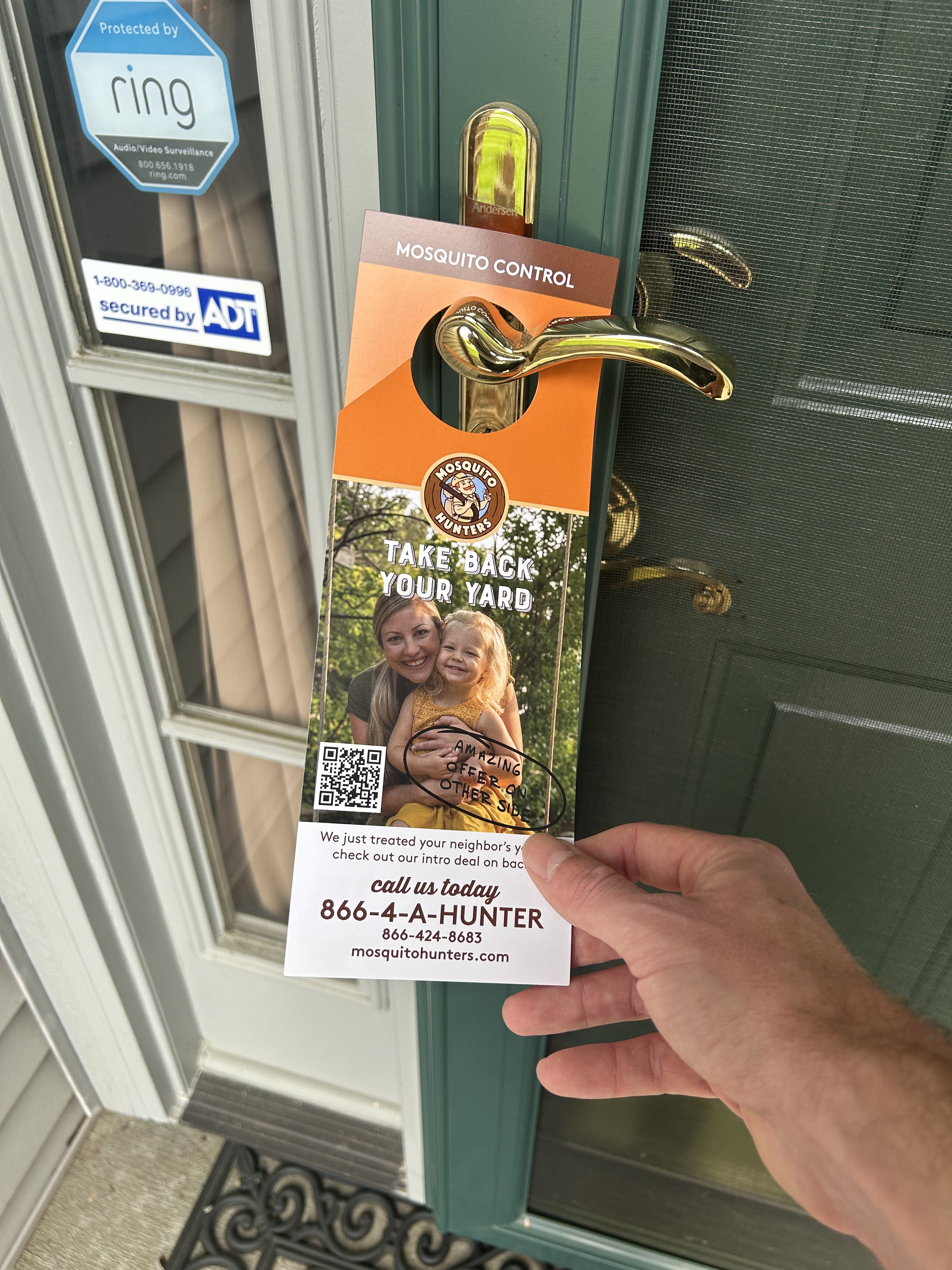There's something refreshing and impactful about taking marketing to the streets. Feet on the street marketing embraces the power of personal interactions. It's these interactions that establish connections with your target audience in the community.
It goes beyond the screen, which makes it more powerful. Engage with people face-to-face, leaving an impression that other mediums struggle to achieve.
The Power of Personal Interactions:
A. Creating a Memorable Experience
Personal interactions have the ability to cut through the noise and leave a lasting mark. Street marketing campaigns create memorable experiences that resonate with people long after the encounter.
By infusing creativity and authenticity, businesses can craft experiences that capture attention, evoke emotions, and foster a genuine connection.
B. Connecting on a Deeper Level
Street marketing allows businesses to connect with potential customers on a deeper level. Face-to-face engagement provides an opportunity to build trust, establish rapport, and understand individual needs.
By listening actively, addressing concerns, and customizing the message to resonate with each person, businesses can create genuine connections that go beyond superficial brand awareness.
My personal philosophy is largely built around this essay by Kevin Kelly from Wired Magazine. The key to success? Get 100 raving fans.
Strategies for Effective Street Marketing:
A. Capturing Attention
Capturing attention is crucial to stand out in a world full of distractions. Street marketing campaigns use various techniques to grab attention.
Eye-catching visuals, such as vibrant colors, unique props, or striking displays, serve as magnets. Draw people's curiosity and inviting them to explore further. The goal is to create an immediate visual impact that sparks interest and encourages engagement.
B. Engaging Conversations
The true magic of street marketing lies in the power of conversation. By initiating genuine, meaningful conversations, businesses can forge connections with potential customers and leave a lasting impression.
Effective street marketers excel at asking open-ended questions, actively listening, and understanding the needs and aspirations of individuals. By tailoring their message and solutions to address those needs, they create a sense of relevance and build trust. It's through this trust that you establish a strong foundation for future engagement.
C. Demonstrating Brand Personality:
Street marketing offers a unique platform to showcase your brand's personality and values. It allows you to go beyond logos and taglines, providing an opportunity to express your brand's uniqueness in face-to-face interactions. Whether it's through the attire of your street marketing team, the props you use, or the engaging activities you organize, every element should align with your brand's identity and resonate with your target audience.
IV. Overcoming Challenges:
A. Dealing with Rejection:
Street marketing is not immune to rejection. It's important to approach rejections as opportunities for growth rather than personal setbacks. Understand that not everyone will be interested or receptive to your message, and that's okay. Take rejection gracefully, stay motivated, and focus on the positive interactions. Each rejection brings you closer to finding those who genuinely connect with your brand.
To turn negative interactions into positive experiences, consider offering a small token of appreciation, like a discount voucher or a branded giveaway. This gesture can leave a positive impression even if the initial interest is low, potentially leading to future conversions.
B. Ensuring Safety and Compliance:
Safety should always be a priority when conducting street marketing activities. Familiarize yourself with local traffic rules and regulations to ensure the safety of your team and passersby. Adhere to pedestrian regulations, avoid obstructing walkways, and be mindful of the flow of foot traffic.
It's equally important to respect local laws regarding street marketing permits. Check with the local authorities to obtain any necessary permits or permissions required for your activities. Compliance with regulations not only ensures a smooth operation but also helps maintain a positive image for your brand.
V. Measuring Success and ROI:
Measuring the success of street marketing campaigns requires tracking and analyzing key metrics. While it may be challenging to directly attribute conversions solely to street marketing efforts, there are ways to evaluate its effectiveness.
Start by tracking customer responses and interactions during street marketing activities. Collect feedback, engage in conversations, and note the level of interest and engagement generated. Additionally, monitor lead generation and track the number of converted leads that can be directly attributed to your street marketing efforts.
By analyzing these metrics and comparing them with your overall marketing goals, you can gauge the impact of street marketing on brand awareness, customer engagement, and ultimately, return on investment (ROI).
VI. Conclusion:
The art of street marketing embraces the power of personal interactions, allowing businesses to forge connections, showcase brand personality, and create memorable experiences. By harnessing the human element, businesses can cut through the digital noise, establish genuine relationships, and make a lasting impact.
Embrace the opportunities that street marketing presents, and remember to navigate challenges with resilience and creativity. By measuring success and ROI, you can refine your strategies and optimize future street marketing campaigns.
As you embark on your street marketing journey, let Street Feet Marketing be your guide. Contact us today to explore how our expertise in street marketing can help your business thrive.


0 comments